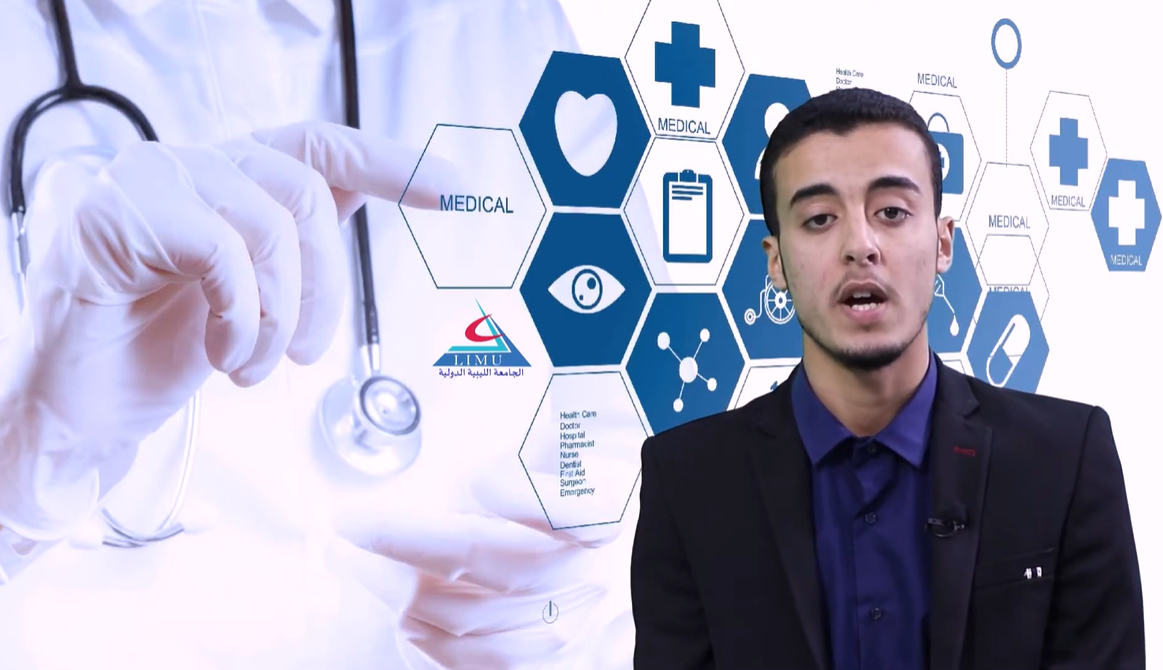Educational Strategy and Learning
PBL (Problem-based learning )
Problem-based learning is the centerpiece of the new and improved teaching and learning technique being implemented at the Libyan International Medical University. It is a technique that is primarily centered on integrating different medical sciences at the same school level. The various stages of the educational process are broken down into units of instruction, each of which contains a number of educational conundrums, each of which addresses a variety of educational goals from different scientific fields. These goals are addressed through panel discussions, interactive lectures, hands-on activities, and scientific seminars.

More About PBL
Since the start of the academic year 2009–2010, the teaching and learning method has been used in all of the university’s faculties. This is because the institution possesses all of the components necessary to establish an environment that inspires motivation in its associates. With the capacity to analyze and critique, solve problems, integrate information and abilities from other disciplines, and develop science-based communication skills, this approach is suitable for self-directed learning.
By implementing the self-learning technique, the educational system hopes to hold students accountable for:
- Identifying his educational needs and his learning.
- Establishing educational goals.
- Find materials for education.
- Analyze the results of his or her learning.
- Be able to conduct research.
- Be able to pick up skills for lifelong learning.
- To develop a thirst for knowledge.
Interactive Teaching Aids And Techniques:
The university uses cutting-edge teaching strategies to instill a student’s love of learning and science while also enhancing his knowledge and analytical critical thinking skills and equipping him with the necessary professional skills. This allows him to keep up with the rapidly advancing field of science. This is accomplished by utilizing a variety of teaching and learning techniques, such as:
- Small student study groups may participate in panel discussions, which are crucial to the educational process.
- Interactive lectures are those that are delivered in classrooms that have computers, projectors, and smart boards.
- Scientific Seminars
- In later phases of study, practical and clinical training as well as field trips are provided.
- The university has authorized the educational platform “Moodle” as an e-learning environment.
Forms of Evaluation
The university adopts two types of evaluation:
- Formative evaluation: It enables the learner to identify his areas of weakness in achieving academic goals and aids in his assessment of the depth of his informational understanding.
- Summative evaluation:
- Continual assessment of the student’s performance, panel discussion participation, and research presentation based on a case study or scientific report.
- Final and partial tests, which comprise (written, oral, and practical exams).
Language of Instruction: English is the language used for all faculties.
E-Learning
In order to attain quality and leadership in educational programs, improve the university’s standing locally and globally, and provide a conducive atmosphere for e-learning, the university works to build capability, provide technical tools and programs, and digital information resources. The university has:
- Digital infrastructure
- E-learning programs
- Learning management system called Moodle.
- A collection of different software to use the e-learning and learning through simulation programs processes.
- the use of approved software to assess students’ performance in an online learning environment.
